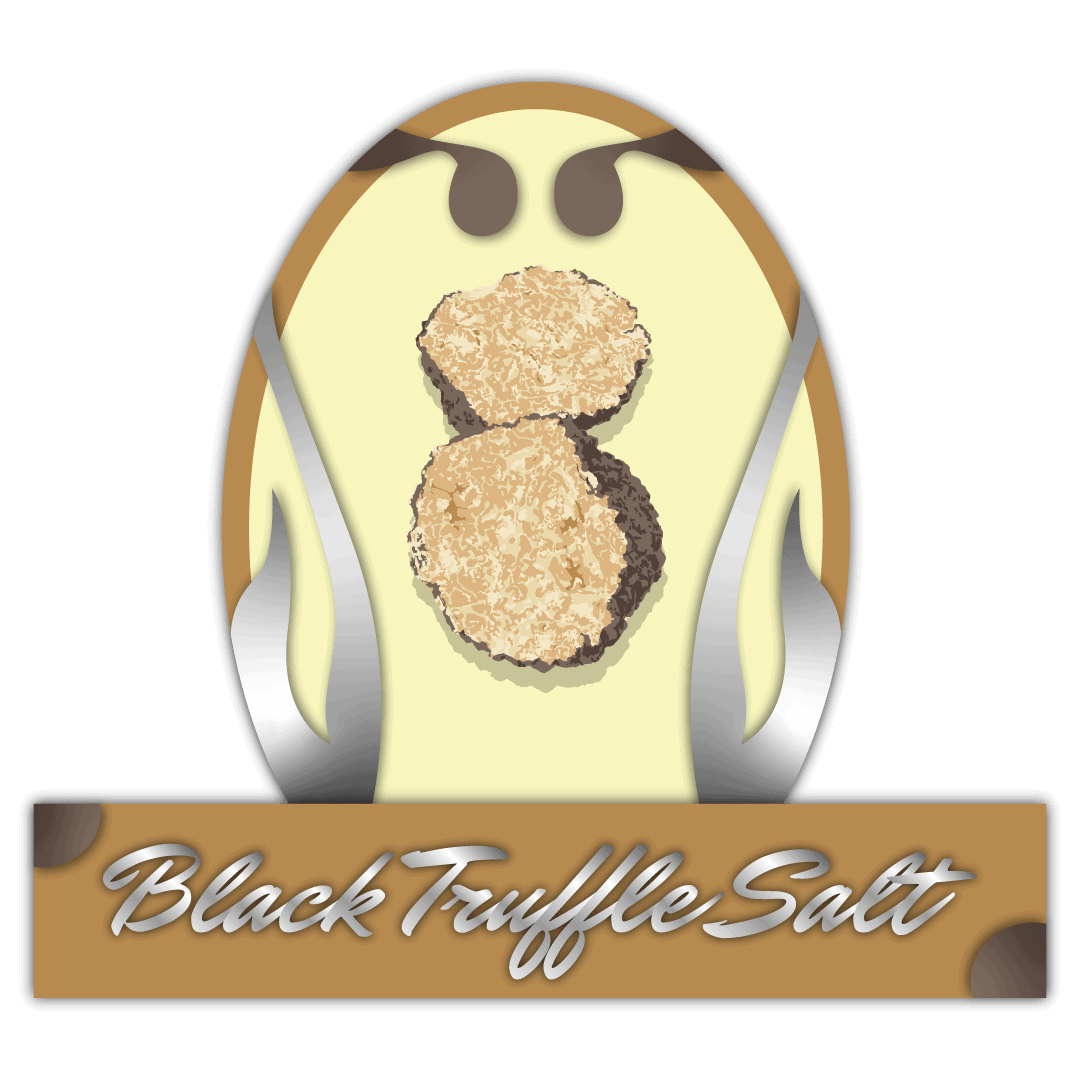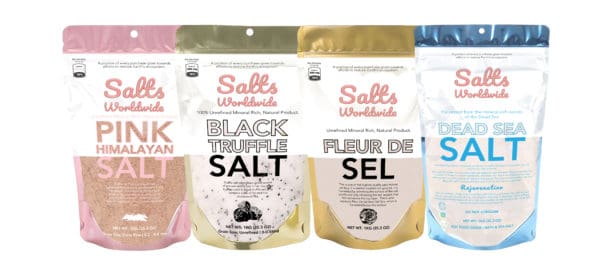Almost all people have learned at some point about salt and why it’s good for us. There are many kinds of salt, and each kind has its own specific characteristics that make it better or worse for cooking in comparison to other salts. If you’re uncertain what kind of salt you need to use in your cooking, it might help to think about what makes salt uniquely good or bad for your dishes. Salt is a compound that has many unique properties.

Salt is a substance that consists of several different elements, each with a different function. One of the most important properties of salt is that it contains a form of sodium chloride. Sodium chloride is the major component of salt water. However, there are trace amounts of other minerals in salt, including magnesium, potassium, calcium, bromide, phosphorus, iron, and chloride minerals. These trace amounts of other minerals make salt very diverse and are used for various reasons.
The mineral content of salt varies widely depending on where it’s coming from. Ocean salt and seawater are the two most common varieties and come in different types. In addition, salt can come from a variety of fossil fuels, such as oil and coal, which differ greatly in their mineral content. It can also come from soil and other mineral sources, including limestone, dolomite, granite, and quartz. And even salt that comes straight from the earth is slightly more varied in its mineral content than salt produced by ocean waters or other bodies of water.
The type of salt you use will depend largely on where you live, because different types of salt deposits have different effects on climate and weather. Ocean salt is the lowest in its content of minerals. Sea salt is one of the highest. Salt derived from rock salts (red or brown), such as kosher salt deposits in Israel and the West Bank, tends to be higher in magnesium and potassium, while lower in sodium and chloride. Dead sea salt, which is high in salt and magnesium minerals, also has a high potassium content. Rock salt obtained from Canada and New Zealand is relatively high in potassium and magnesium, but very low in sodium.
Most sea salts are mined via surface mining, which involves dredging up seasides, sending trucks loaded with the salt down to the sea bed to be smashed and washed away. As a result, sea salt is not particularly refined and contains very few trace minerals. Oceanic and coastal sea salts are harvested by water trickling down from above. As it washed away, the water contains tiny rocks, called nacre, which become part of the salt. Coastal sea salts contain relatively more potassium, while the ocean ones tend to have more magnesium and iodine.
In addition to surface mining, inland methods also produce sea salts. These are mined by digging up riverbeds and pumping water through wells, where it evaporates into the atmosphere. The water carried away in this way is high in salt and will therefore contain trace minerals like magnesium and iodine. Evaporated sea salts are also high in potassium and iodine, and hence they are used in manufacturing.
Salt and its mineral content have been studied for years by chemists, including those at the University of California, Davis. Because we need so much of certain minerals, especially sodium and chloride, we can often get all we need from sea salt, for example. In the US, table salt is made using kosher salt. Kosher salt contains less sodium and chloride than sea salt, which were studied by the scientists who discovered these minerals. In other countries, however, table salt is not kosher salt, and there is no way of knowing which salt is better for us. The same applies to the salt in our own kitchen: Sometimes we prefer table salt for its taste, but most of the time we must rely on salt obtained in a different way, like sea salt.
We may now understand why pickling salt makes us feel salty, or why sea salt makes our food taste better. We just need to remember how salt makes us feel and eat! This is why salt is such a versatile substance. It is a key ingredient in our country’s culinary culture and yet it is not well understood. Perhaps salt will offer a little more insight in the next few decades.


Recent Comments